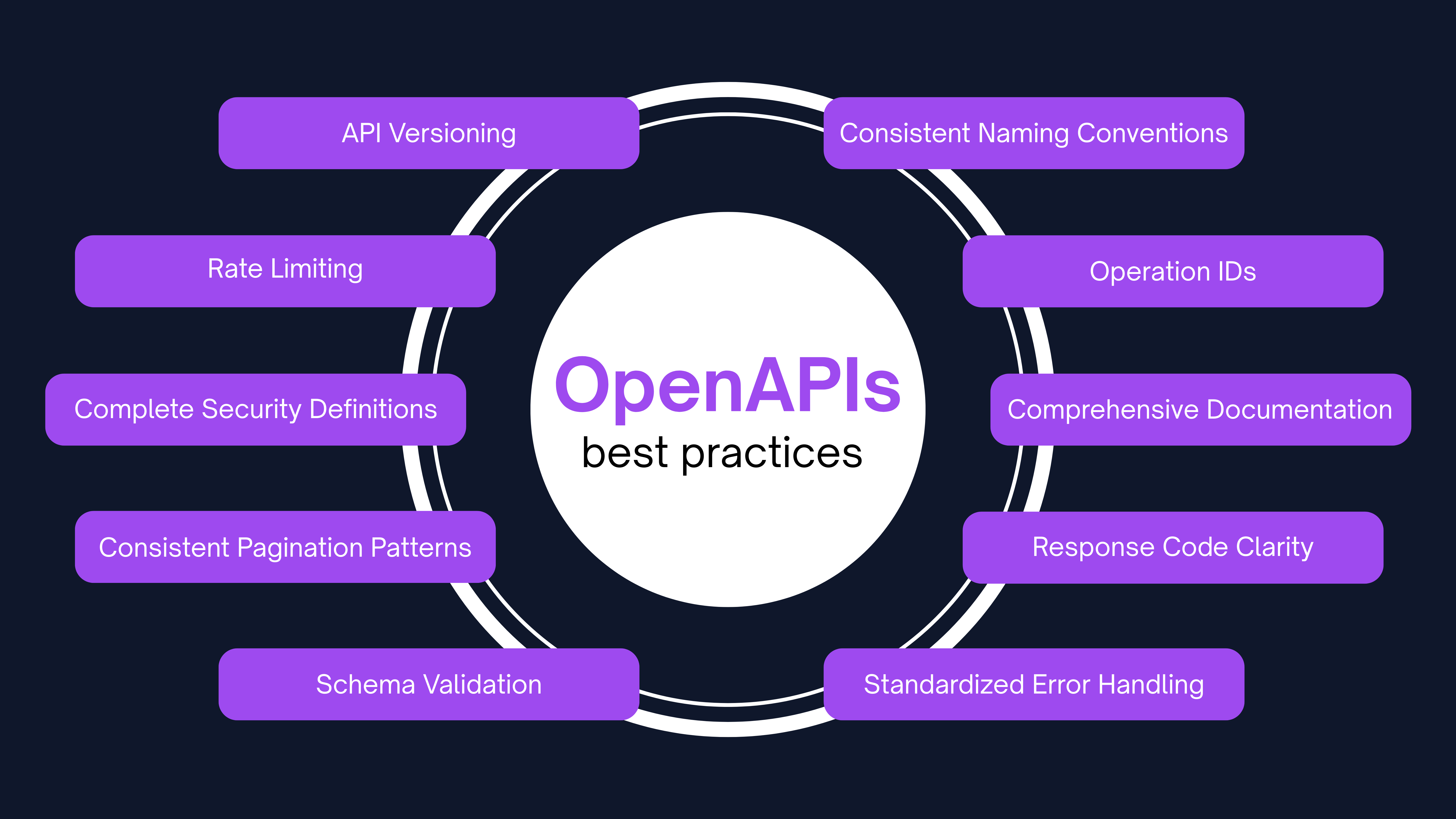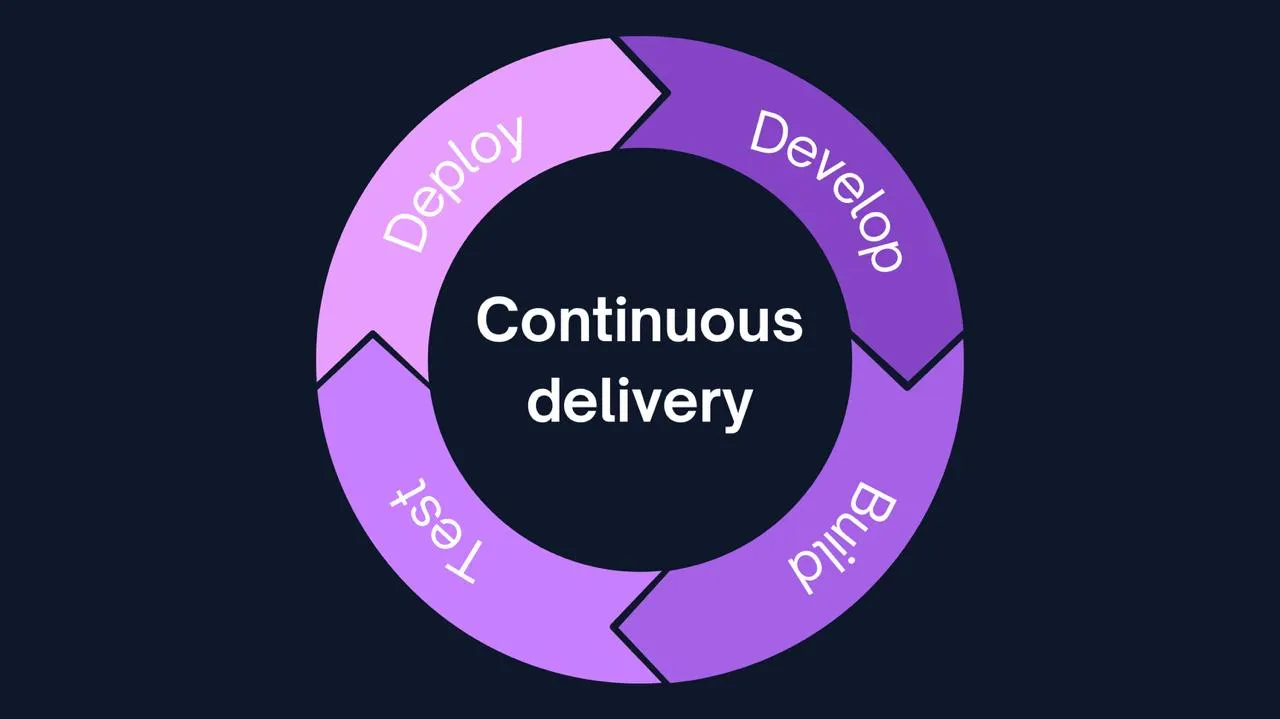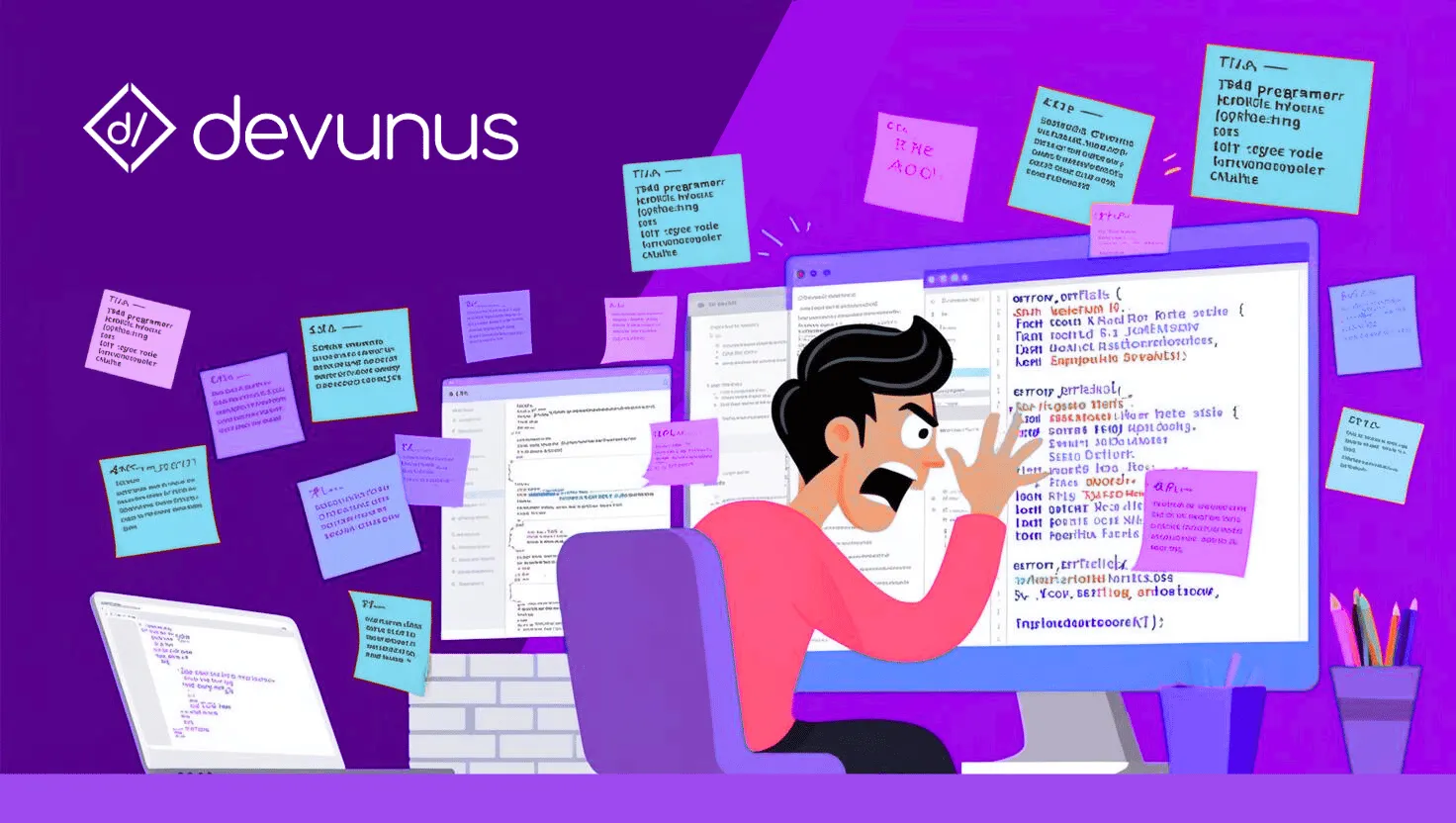Unlocking Success: 10 Best Practices for Designing Open APIs That Developers Love
Master the art of API design with proven best practices that boost developer adoption. Learn naming conventions, security standards, and documentation techniques that make your API irresistible to developers.

Introduction
In today's digital landscape, APIs (Application Programming Interfaces) are the backbone of modern software development. They enable different software systems to communicate and interact with each other. A well-defined API is essential for ensuring seamless integration, enhancing developer experience, and maintaining consistency across applications.
The difference between a good API and a great API often lies in the attention to detail and adherence to best practices. When developers encounter an API that's intuitive, well-documented, and follows established conventions, they're more likely to adopt it and recommend it to others.
Why API Design Matters
Compatibility with API Tools
When your API definition is standard compliant, it can work seamlessly across the API tools ecosystem. This compatibility allows developers to leverage a wide range of tools for testing, monitoring, and documenting APIs, thereby streamlining the development process.
Ease of Integration
A strong API definition enables the generation of top-quality SDKs and documentation, reducing integration time. By providing clear and concise API specifications, developers can quickly understand how to interact with your API, leading to faster implementation and fewer errors.
User-Friendly Documentation
An API definition loaded with descriptions, examples, and other metadata will make generated documentation much easier for your end-users to understand. Comprehensive documentation is crucial for helping developers troubleshoot issues and fully utilize the capabilities of your API.
Promotes Consistency
An API definition with consistent naming practices will simplify development and make it less prone to errors. Consistency in API design helps developers predict behavior and reduces the learning curve for new users.
10 Essential Best Practices for Open API Design
1. 📝 Consistent Naming Conventions
Use consistent naming across all API elements. For paths, use kebab-case (e.g., /user-profile/get-settings). For schema/model names, use PascalCase (e.g., UserProfile). or snake_case (e.g., first_name, account_status). This consistency helps developers quickly understand your API structure and reduces cognitive load.
2. 🆔 Operation IDs
Always include unique operationId values for each endpoint. These are crucial for code generation tools to create meaningful method names and for API documentation tools to provide clear references. Well-named operation IDs make your API more discoverable and easier to work with.
3. 📚 Comprehensive Documentation
Document all query arguments, parameters, and schema objects with clear descriptions, including min/max values and defaults. This helps developers understand the API's capabilities and constraints without having to guess or experiment.
4. 📊 Response Code Clarity
Capture all operation success and error response codes, including details about the error response and why it may have happened. Clear response codes help developers handle different scenarios appropriately and build robust error handling.
5. ⚠️ Standardized Error Handling
Define a single error response schema to standardize error handling across operations. This reduces complexity for clients, as they only need to handle one error format, and ensures consistent error reporting throughout your API.
6. ✅ Schema Validation
Validate schemas to ensure they have appropriate constraints like maxLength and pattern for string properties. Proper validation prevents invalid data from being processed, enhancing security and data integrity.
7. 📄 Consistent Pagination Patterns
Implement standardized pagination across your API using either cursor-based (recommended for large datasets) or offset-based approaches. Include optional filtering and sorting parameters to give developers flexibility in data retrieval.
8. 🔒 Complete Security Definitions
Ensure security definitions are complete with specified security schemes. This is crucial for protecting sensitive data and ensuring that only authorized users can access certain API functionalities.
9. ⏱️ Rate Limiting
Define rate limits to prevent abuse and ensure fair usage. Consider using tools like API Management (APIM) or Web Application Firewall (WAF) to enforce these limits and protect your infrastructure.
10. 🔄 API Versioning
Implement API versioning to manage changes and ensure backward compatibility. The most common practice is to include the version number in the URL path (e.g., /v1/resource) or in the request headers.
Bonus Best Practices
Deprecation Policy
Clearly communicate deprecation policies and timelines for API changes. Provide advance notice and documentation to help users transition smoothly and maintain trust in your API.
Testing and Performance
Implement thorough testing, including unit tests and integration tests, to ensure API reliability. Monitor and optimize API performance to ensure fast response times and a great developer experience.
Automated Tools and Security
Regularly audit your APIs using automated tools to identify potential security vulnerabilities and improve the overall developer experience. Stay informed about common security threats by regularly checking your API against the OWASP Top 10 API Security Risks.
Test Your API Design
Want to see how well your API follows these best practices? Try our free API audit tool that automatically analyzes your OpenAPI specification and provides detailed recommendations for improvement.
🔍 Audit Your API Now - Get instant feedback on your API design and security practices.
Conclusion
A strong API definition is not just a technical necessity; it's a strategic asset that can significantly enhance the developer experience and the overall success of your API. By following these best practices and maintaining a clear, consistent, and comprehensive API definition, you can ensure that your API is robust, reliable, and loved by developers.
Remember, great APIs don't happen by accident. They're the result of careful planning, consistent implementation, and ongoing refinement based on developer feedback. Start implementing these practices today, and watch your API adoption grow.
Related Articles

Mastering Continuous Delivery: A Guide to Faster, Better Software Development
Learn how Continuous Delivery can transform your software development process, leading to higher quality code, faster deployments, and happier teams. Discover key principles, implementation strategies, and best practices.

Test-Driven Development (TDD) & BDD Masterclass: Transform Your Code Quality
Master Test-Driven Development (TDD) and Behavior-Driven Development (BDD) with this comprehensive guide. Learn practical strategies, real-world examples, and proven techniques to implement TDD successfully in your team.